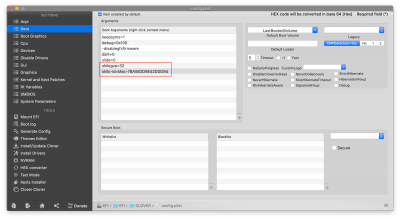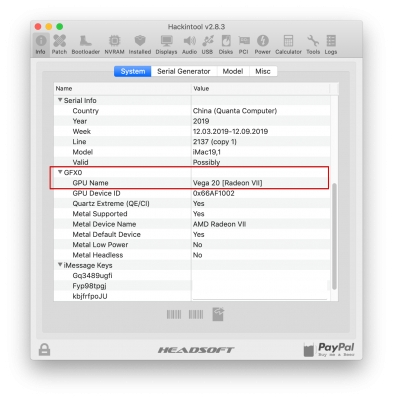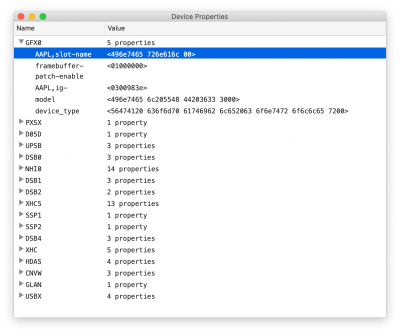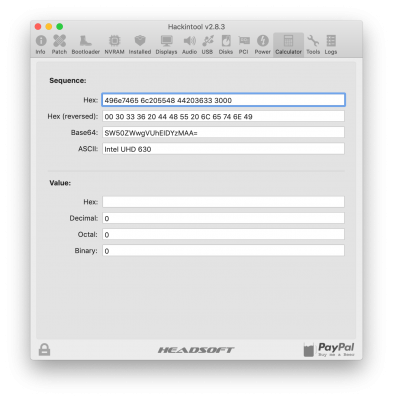You don't have to use an SSDT. Just add the info to Clover's Devices Properties section.
Easiest way, launch latest version of Hackintool, select the PCI, export it. Then use the generated clover plist section and grab just the info you need, E.G. The section for your graphics card. Once you add that to your existing config.plist and restart, you should get the card to show up in PCI devices. The alternative way is to of course create an SSDT, but I find Clover's injection method works faster, especially if you are just "testing"

Once you have the PCI section inserted in your config.plist, you can change any of those strings to say whatever you want, so you can test different names.
BTW, if you have IGPU enabled, it should also show up in your PCI list, so you can also include that section in Clover, so you can also rename it to say something different if need be. However, be aware that if you already have a section in your config.plist for the IGPU (such as the Ig-Platform_ID), then you need to add the property values in that section, don't double them up by adding the same PCI device again








